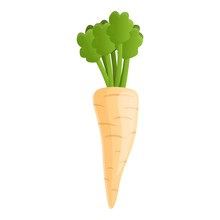Tigger's Green Paw
Parsnip
As with all plants, always check if you have any health problems that may be affected by growing any plants in your garden or yard.
Animal Safety: Dogs: Yes Cats: Yes Rabbits: Yes
Free Grazing: In moderation
Lifespan: Annual
Soil Type: Prefers well worked, free draining, weed free soil
Sow: March to May
Harvest: September to December
Life cycle:
Sew seeds in the spring.
They do not require extra feeding or watering uless it is particularly dry.
Parsnips can grow up to 20inches long.
There are hundreds of varieties, ranging from white, yellow nd orange in colour.
Parsnips can be left in the ground until you are ready to use them.
They can also be sown in mid to late Autumn so that they are ready for harvesting in early spring.
Benefits of parsnips:
Parsnips are low in calories and high in fibre. They are a good source of vitamins B1, B2, B3, B5, B6, B9, C, E and K. They’re also a good source of calcium, iron, magnesium, phosphorus, potassium, manganese and zinc.
As with all vegetables, they must be fed in moderation and if cooked, they must not have had any salt, sugars or fats added during the cooking process.
Dogs:
Dogs can eat parsnips raw or cooked in moderation.
Cats:
Cats can eat parsnips raw or cooked in moderation. They will sill not thank you for feeding them vegetables
Rabbits:
Rabbits can eat raw parsnips in moderation when added to their diet. 




